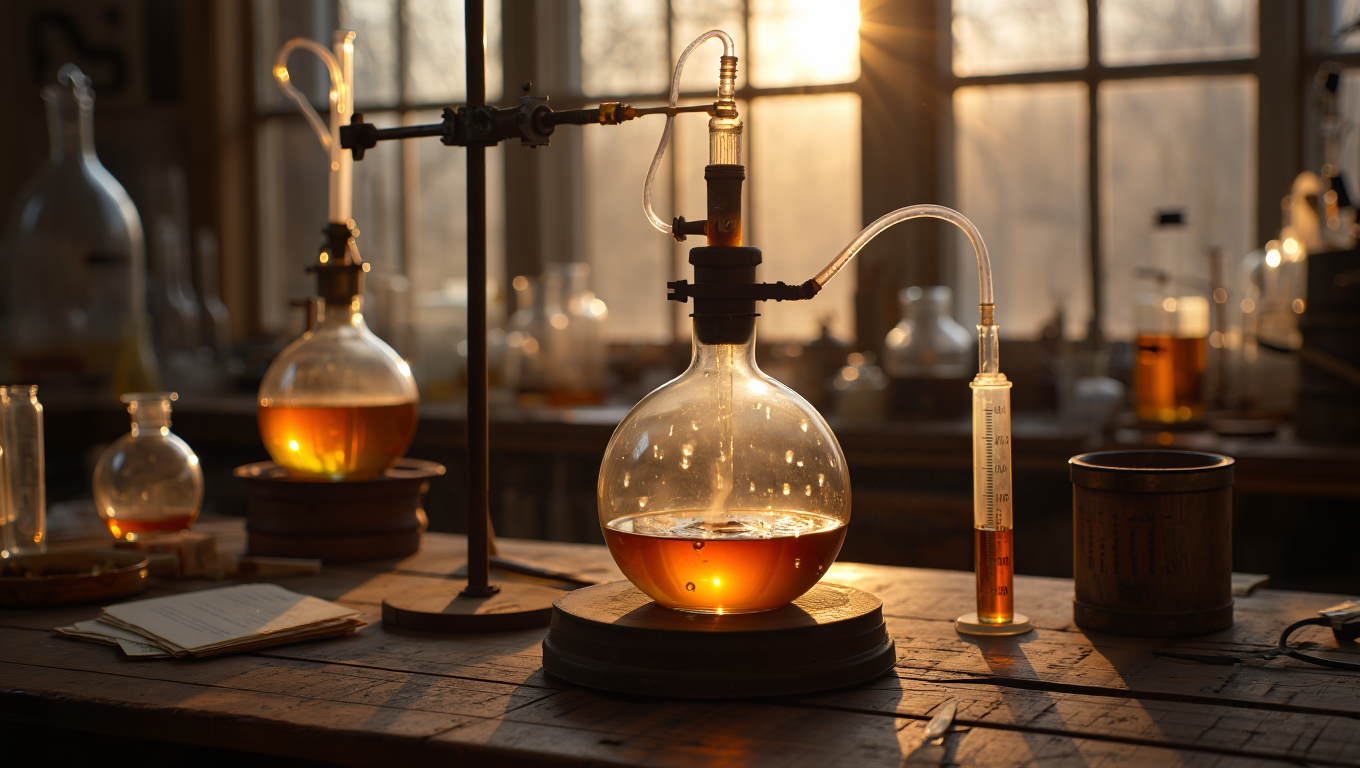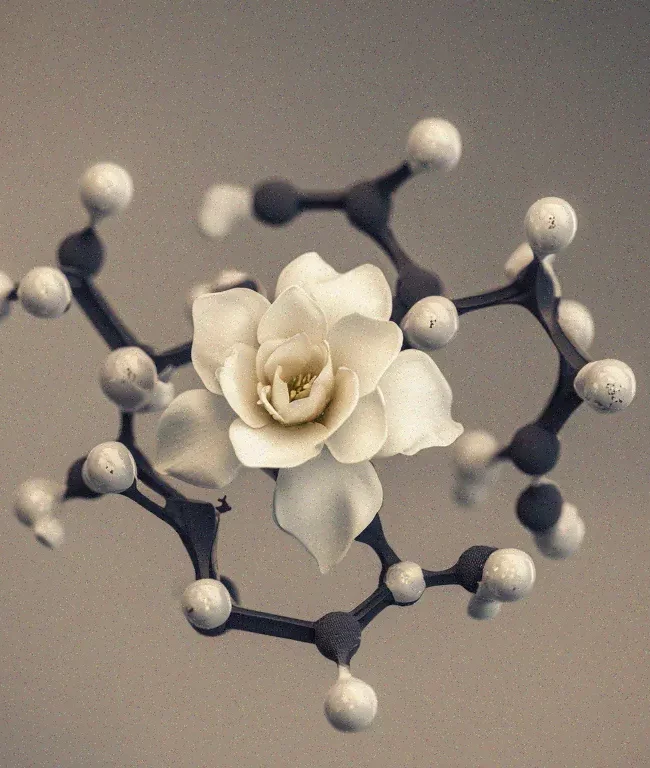
Acetylation of Perfumery Components: Unveiling New Dimensions in Fragrance Creation
In the evolving world of perfumery, innovation is key to standing out in a crowded market. Among the many chemical processes that have driven the art and science of fragrance development, acetylation has proven to be a transformative tool. By introducing an acetyl group into specific fragrance molecules, perfumers have been able to unlock new scent profiles, improve stability, and extend the longevity of fragrances. Some of the most iconic and enduring perfumes owe their success to the acetylation process, which has irreversibly impacted the fragrance industry.
The Power of Acetylation in Perfume Chemistry
Acetylation involves the addition of an acetyl group (CH3CO) to a molecule, fundamentally altering its properties. This process can soften or enhance the original scent, modify its volatility, and increase its resistance to degradation. In the realm of perfumery, these changes are particularly valuable, as they allow for the creation of fragrances that are both novel and enduring.
One of the most striking examples of acetylation’s impact is vetiveryl acetate. Vetiveryl acetate is derived from vetiver oil, a staple in the fragrance world known for its earthy, woody aroma. However, vetiver oil can sometimes be harsh or overly smoky in its raw form. Acetylation transforms vetiver into vetiveryl acetate, softening its edges and giving it a smoother, more refined scent. This acetylated form is less earthy and more elegant, making it a versatile component in many perfumes.
Vetiveryl acetate gained widespread recognition with the release of Molecule 03 (M3) by Escentric Molecules. M3 is a fragrance centered around vetiveryl acetate, and it showcases the depth and complexity that acetylation can bring to a single aromatic molecule. The perfume is celebrated for its ability to evolve on the skin, revealing different facets of the scent over time, a characteristic that is partly due to the acetylation process.
Geranyl Acetate: A Floral Transformation
Another significant example of acetylation’s impact is geranyl acetate. Geraniol, the precursor to geranyl acetate, is a common alcohol found in essential oils like rose and citronella. While geraniol has a pleasant floral scent, it can be quite sharp and overpowering. Acetylation transforms geraniol into geranyl acetate, a compound with a softer, fruitier, and more rounded aroma.
Geranyl acetate is prized in the fragrance industry for its versatility and stability. It is often used in floral compositions to add a fresh, sweet note that blends well with other ingredients. This compound is particularly valuable in rose-scented perfumes, where it enhances the floral bouquet without overwhelming the other components.
Iso E Super: A Modern Marvel
One cannot discuss the impact of acetylation in perfumery without mentioning Iso E Super. Although not a direct product of acetylation, Iso E Super has been modified and enhanced through acetylation in certain formulations, leading to an even more sophisticated aroma. Iso E Super is renowned for its velvety, woody-amber scent with a subtle, long-lasting effect. Its acetylated derivatives have expanded its use, making it a key component in many modern perfumes.
Iso E Super’s influence is evident in its widespread use in contemporary fragrances, particularly those that aim for a minimalist or “skin scent” effect. Its ability to blend seamlessly with other notes while adding a unique, enveloping warmth has made it a favorite among perfumers.
The Irreversible Impact on the Market
The acetylation of these and other molecules has had a profound impact on the fragrance market. Vetiveryl acetate and geranyl acetate are just two examples of how acetylation has led to the creation of versatile, enduring, and beloved fragrance ingredients. These acetylated compounds have become so integral to modern perfumery that their absence would leave a noticeable gap in the industry.
The success of perfumes like Molecule 03 underscores the importance of acetylation in crafting scents that resonate with consumers. The ability of acetylated molecules to reveal new olfactory dimensions and improve the overall performance of a fragrance has solidified their place in the perfumer’s toolkit.
A Lasting Legacy of Innovation
Acetylation is more than just a chemical process; it is a gateway to innovation and creativity in perfumery. By transforming the properties of fragrance molecules, acetylation allows perfumers to push the boundaries of traditional scent creation, offering consumers experiences that are both unique and memorable. The market success of acetylated compounds like vetiveryl acetate and geranyl acetate is a testament to the irreversible impact of this process on the world of fragrance.
As perfumers continue to explore the possibilities of acetylation, we can expect to see even more groundbreaking fragrances that surprise and delight, ensuring that this chemical innovation remains at the forefront of perfumery for years to come.




